
Typical characteristics of wasps
Even though there is a large diversity in the kingdom of wasps, they still share some of the characteristics. Most wasps, except the wingless forms, have two pairs of wings. They have an ovipositor, or stinger. Wasps, in contrast to similar bees, usually do not have any hairs on their body, and some wasps may have extremely thickened hair. Wasps are terrestrial insects, and they behave like predators or parasitoids.
Life span of a wasp
Wasps typically reproduce when a fertile queen and male wasp mate. Bees, which may look similar to wasps, reproduce in a completely different way - by mating flights. In some cases, several different males may even fertilize the wasp queen. Male wasps produce sperm cells, which are, when the mating is over, stored inside the wasp queen. The dormant sperm cells can survive for a couple of months, and they are used in the springtime.
The life cycle of a wasp starts in the early summer when young queens search for a nesting site. The queen will decide what a suitable area for the colony is, and start building a small nest, no bigger than a walnut, to lay her eggs inside. Now is the time for the second stage, in which the wasp queen uses the sperm to fertilize the eggs. This way, the queen can build a completely new colony, since she does not need males for mating. However, these intelligent insects carefully plan the new offspring and initially raise a couple of wasp eggs to produce enough sterile female workers, which will maintain the offspring without the queen’s assistance. These workers expand the nest, allowing it to embrace new members of the colony.
By the end of the summer, the wasp queen runs out of stored sperm. The male drones fly out of the nest to mate and continue the wasp’s reproductive cycle, while the young queens leave the colony to hibernate during the winter. The male wasps die after successfully mating with a queen and the wasp queens create new nests each year. Wasp queens typically live for only one year. In the autumn, the colony dies away, leaving only the young mated queens alive.


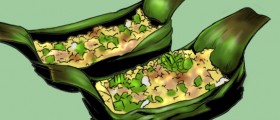

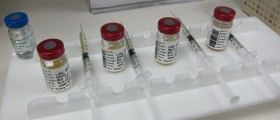
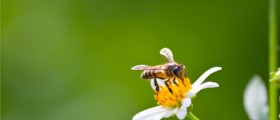
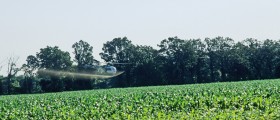
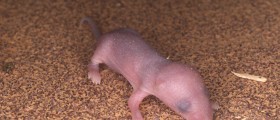



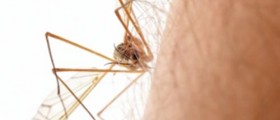


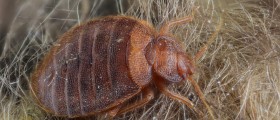
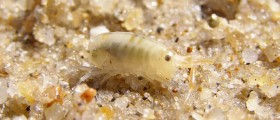

Your thoughts on this
Loading...